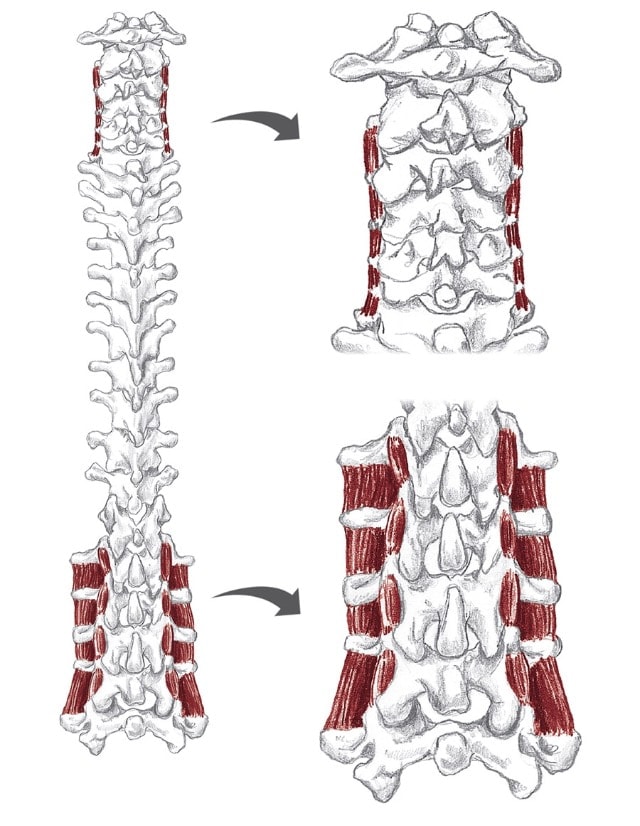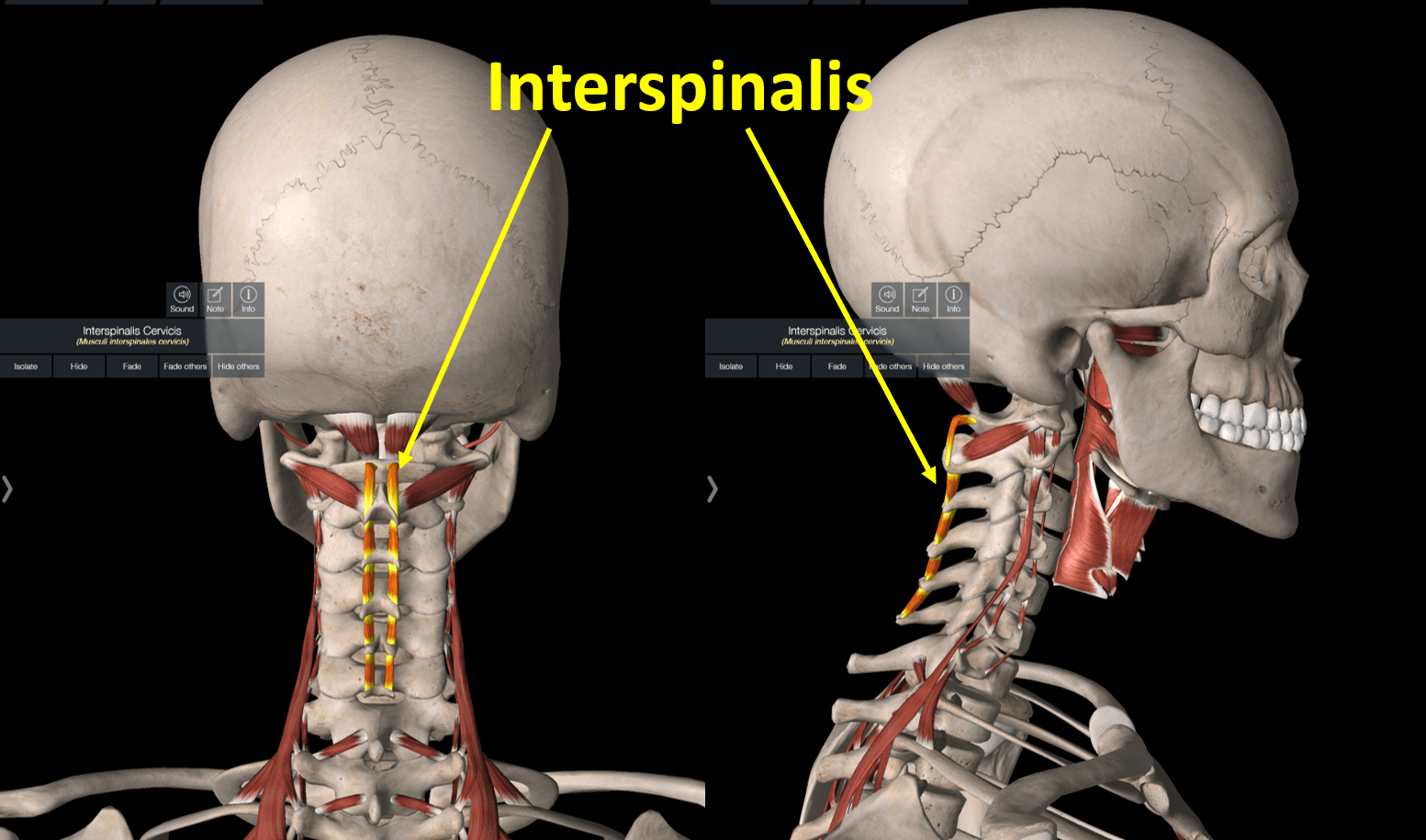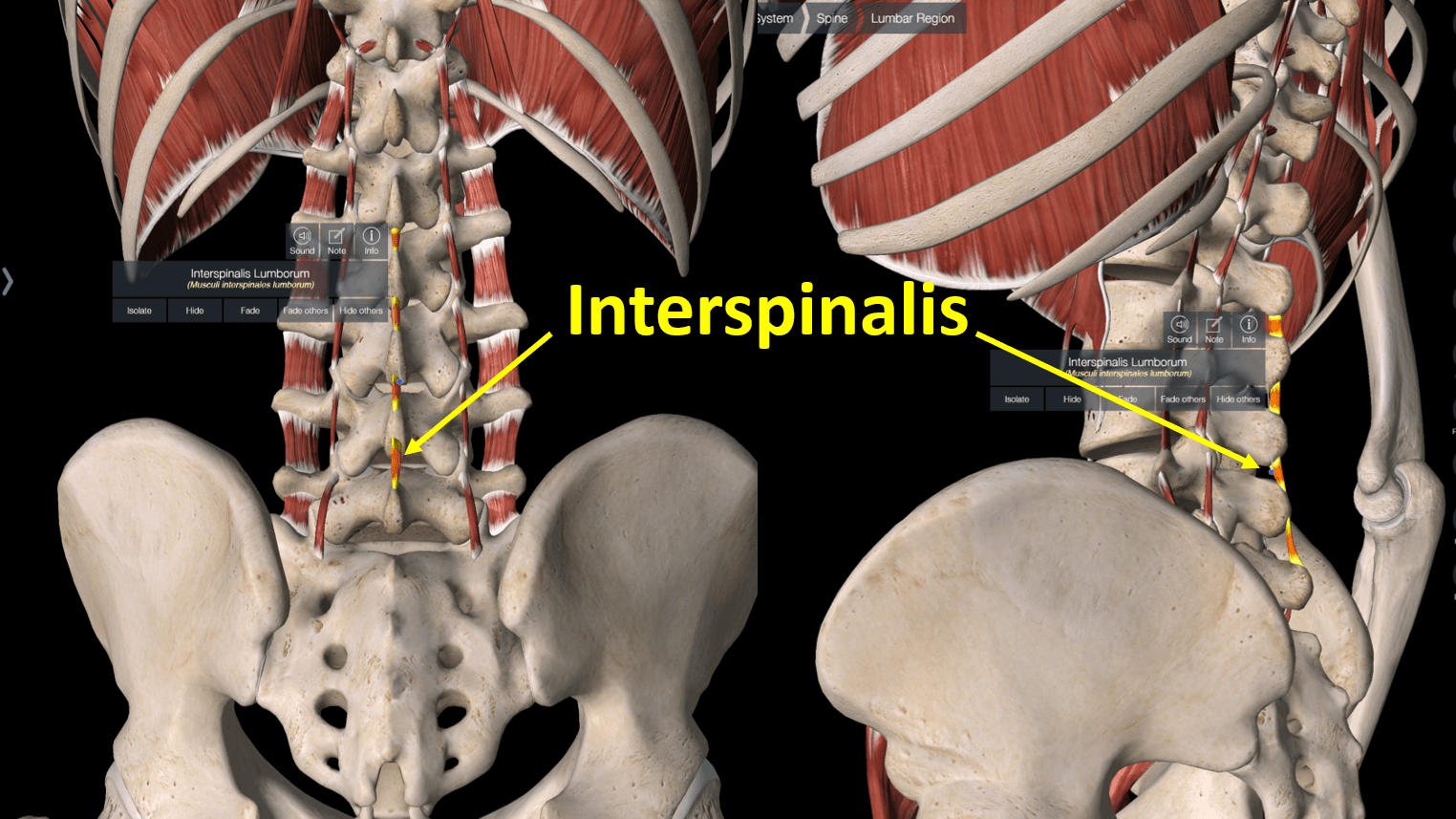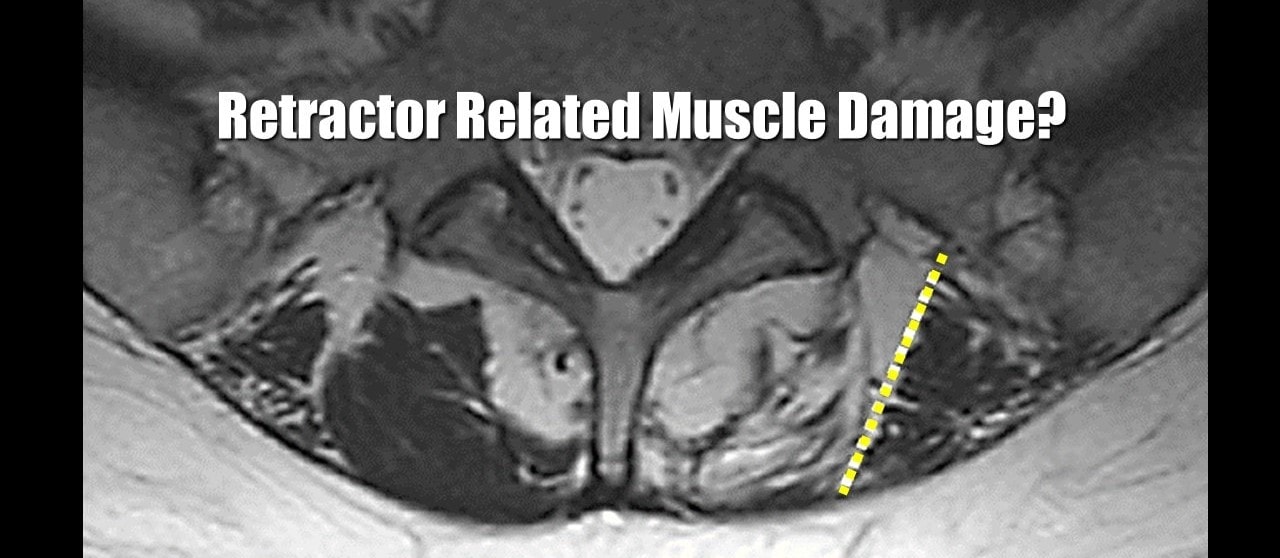Are There Little Muscles in the Back Part of Your Spine?
If I were to attend a meeting of spine experts and ask every one of them if you had little muscles in the far back of your spine near the spinous processes, they would all say no. So how can an entire room of doctors not know about what appears to be an important muscle? Let’s dig in.
Spinal Muscles-The Big Picture
Despite the fact that we in the U.SA. spend about 100 billion a year managing spine problems, the spine muscles are the red-headed stepchildren of our approach to spinal care (1). Meaning we spend big bucks focused on discs, nerves, joints, and ligaments, but very little diagnosing and treating muscular problems of the spine. This is bizarre, given that your spinal muscles are half of the equation generating much of the cost. Let me explain that statement.
Why Should I Care?
While you likely have some sense that your spine muscles move the spine, another critical function for some of the deepest muscles is to stabilize the spine. What does that mean? Stability means keeping the spine bones (vertebrae) aligned with microsecond precision as you move. For example, if you go to get a cup of water off a table, these deep spinal muscles contract about 100 milliseconds BEFORE your arm begins to reach for the cup (3). Why? Because keeping things aligned is critical to protect the spine.
What does a stable and unstable spine look like, to learn more, see my videos below:
In the unstable spine, all of the extra motion causes injuries to the disc, ligaments, and joints.
Spinal Stabilizers
The world’s most important spinal stability muscle is also one that the average family doctor wouldn’t know. In fact, if you asked him or her to describe the muscle that’s the best studied for stabilizing the spine bones one on the other, you would get a blank stare or a wrong answer from 99%. In addition, despite abnormalities of these muscles being common on MRI images of the low back, 99.9% of the radiologists also don’t pay attention to or comment on them. The name of this special and absolutely essential muscle is the multifidus (2).
This small muscle goes from vertebra to vertebra in the low back. To learn more, see my video below:
The Smal Muscles with Big Leverage

The farther out a force is from the center of gravity, the more leverage you have. This is the principle of the lever from which the term “leverage” is derived. With enough leverage, a small force can move big objects.
The spine has these small muscles with great leverage. Take for example the image shown here. The muscles that travel from transverse process to transverse process are called intertransversarii. They are the farthest muscles out to the left or the right in the spine so they help stabilize the spine laterally and help bend it side to side.
While most spine specialists would know these muscles, 99% of physicians wouldn’t know they exist.
The Small Muscles that Even Spine Specialists Ignore

The other day I was playing around in a 3D anatomy program and one of the muscles that was shown I frankly didn’t know existed or had seen once or twice and promptly forgot. This is a tiny muscle that travels between the farthest back part of the neck bones (spinous processes). They are called the interspinalis and are highlighted yellow in the image above.
What do we know about these muscles? The answer is not much. While anatomists understand that they can help extend the neck and are involved in stabilizing the spine, no studies exist on them that I can easily find.
Here they are in the low back (they skip the thoracic spine):

It’s amazing that as of this morning we have almost 130,000 research papers listed in the US National Library of Medicine on the lumbar spine and none on these little muscles.
Why Is It Crazy that We Don’t Know Much About these Muscles?
These little muscles clearly have immense leverage on the front and back movement of the vertebra. For example, if you bend your neck forward, they would have the ability to slow that vertebra on vertebra movement down by slowly lengthening. If you look up at the ceiling and extend your neck, they would have a critical role in creating a normal curve.
Spinal Muscle Destruction
One of the biggest problems we see is that by surgeons ignoring spinal muscles they often destroy them. Take for example the MRI image below. The living muscles are dark and the dead muscle is white. That yellow dotted line is where a surgeon placed a retractor to get the muscles out of the way. On the right side of the image is the massive death of the muscles due to surgery (all that white).

What happens when a surgeon kills off your spinal muscles? While the surgery may have helped one problem, the surgeon has now created another. Now the spine is unstable and can’t protect itself. That means more wear and tear spinal damage down the road.
The upshot? You have lots of muscles in your spine dedicated to stabilizing one vertebra on another and these deep muscles are critical for protecting your spine. While we have research on some of the better-known ones like multifidus, there are many muscles that we know little about that are likely critical for the day to day normal functioning of your spine.
_____________________________________
(1) Davis MA, Onega T, Weeks WB, Lurie JD. Where the United States spends its spine dollars: expenditures on different ambulatory services for the management of back and neck conditions. Spine (Phila Pa 1976). 2012;37(19):1693‐1701. doi:10.1097/BRS.0b013e3182541f45
(2) Kalichman L, Carmeli E, Been E. The Association between Imaging Parameters of the Paraspinal Muscles, Spinal Degeneration, and Low Back Pain. Biomed Res Int. 2017;2017:2562957. doi:10.1155/2017/2562957
(3) Hodges PW, Moseley GL, Gabrielsson A, Gandevia SC. Experimental muscle pain changes feedforward postural responses of the trunk muscles. Exp Brain Res. 2003;151(2):262‐271. doi:10.1007/s00221-003-1457-x

If you have questions or comments about this blog post, please email us at [email protected]
NOTE: This blog post provides general information to help the reader better understand regenerative medicine, musculoskeletal health, and related subjects. All content provided in this blog, website, or any linked materials, including text, graphics, images, patient profiles, outcomes, and information, are not intended and should not be considered or used as a substitute for medical advice, diagnosis, or treatment. Please always consult with a professional and certified healthcare provider to discuss if a treatment is right for you.
